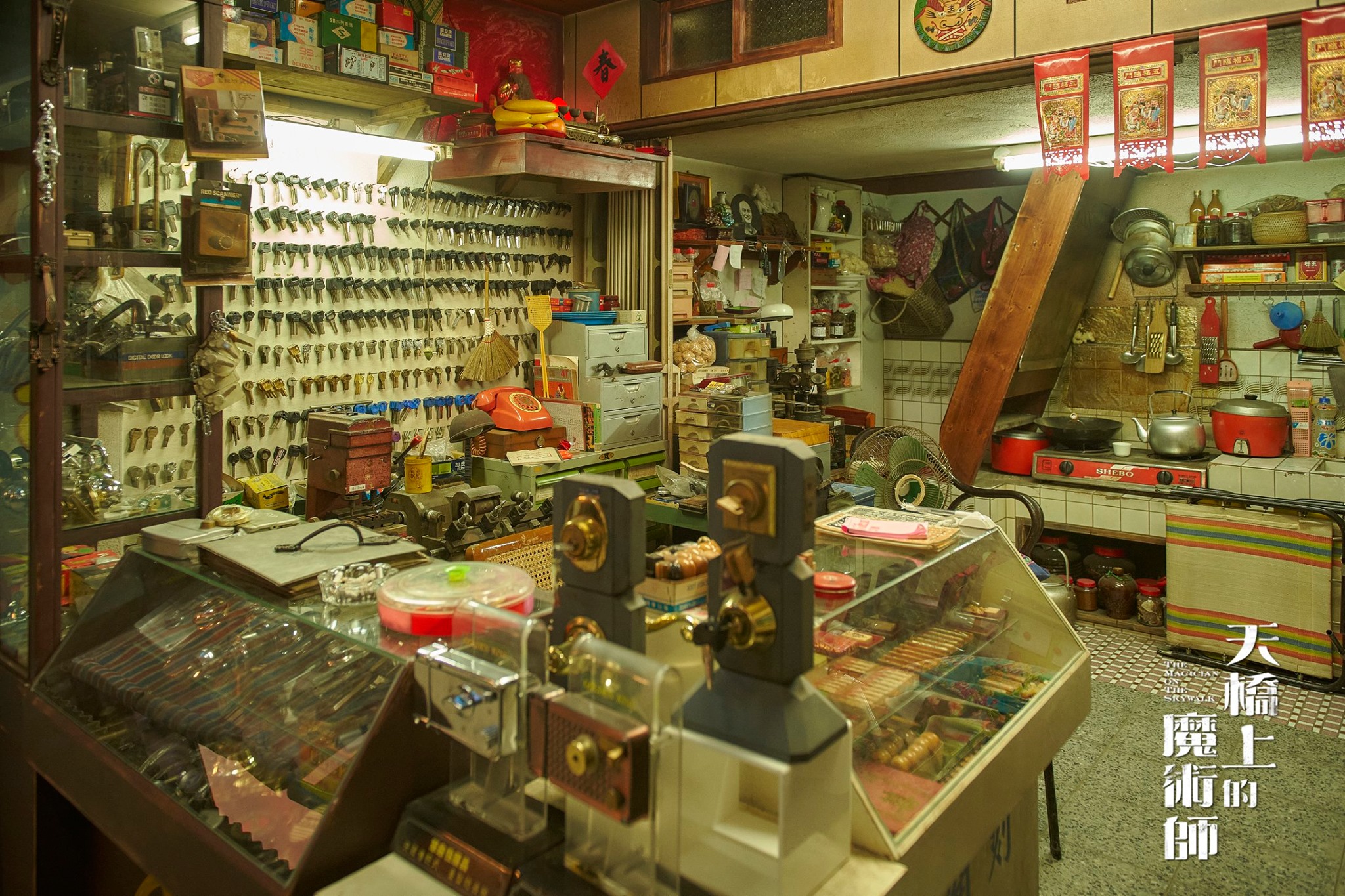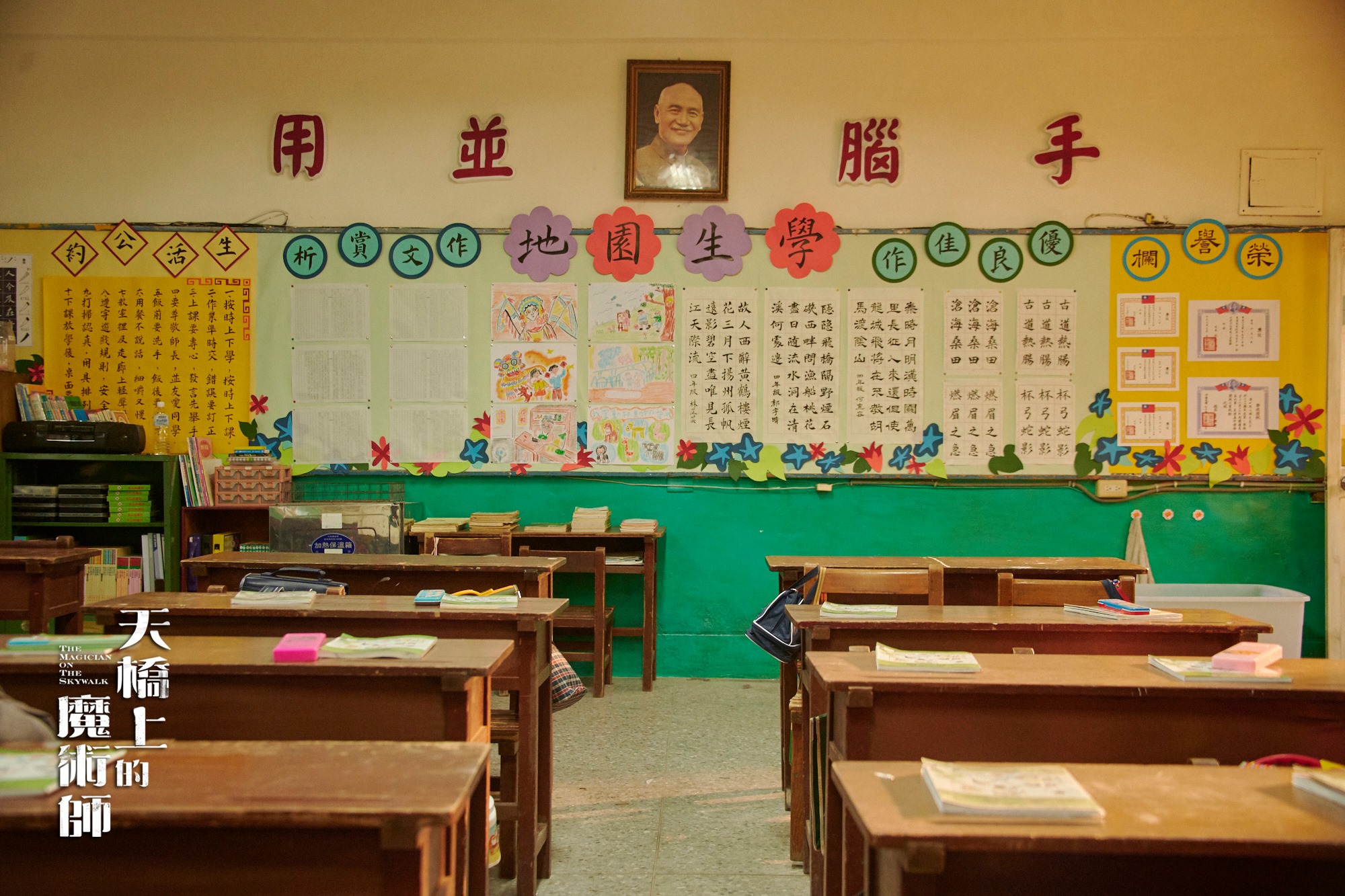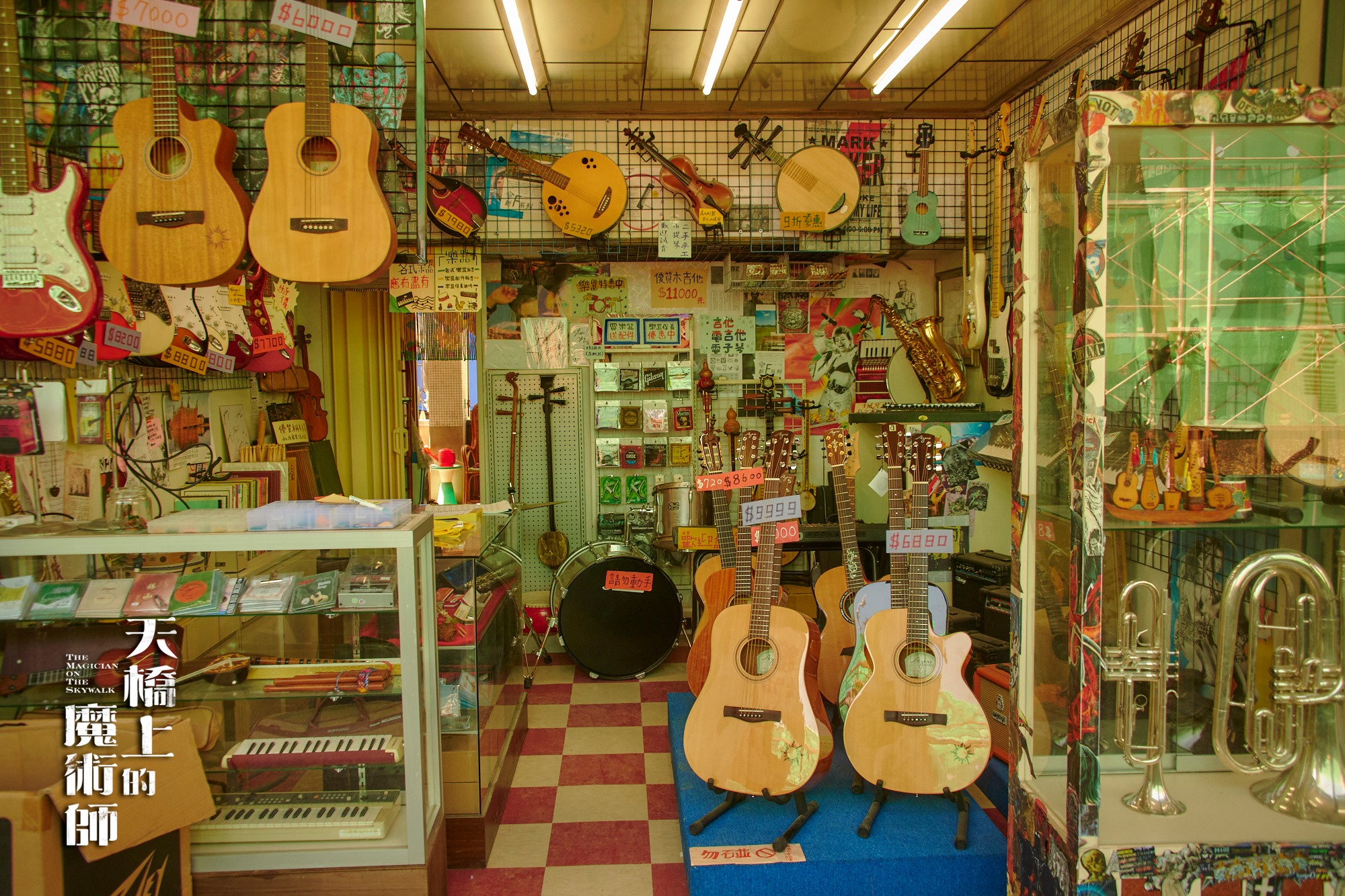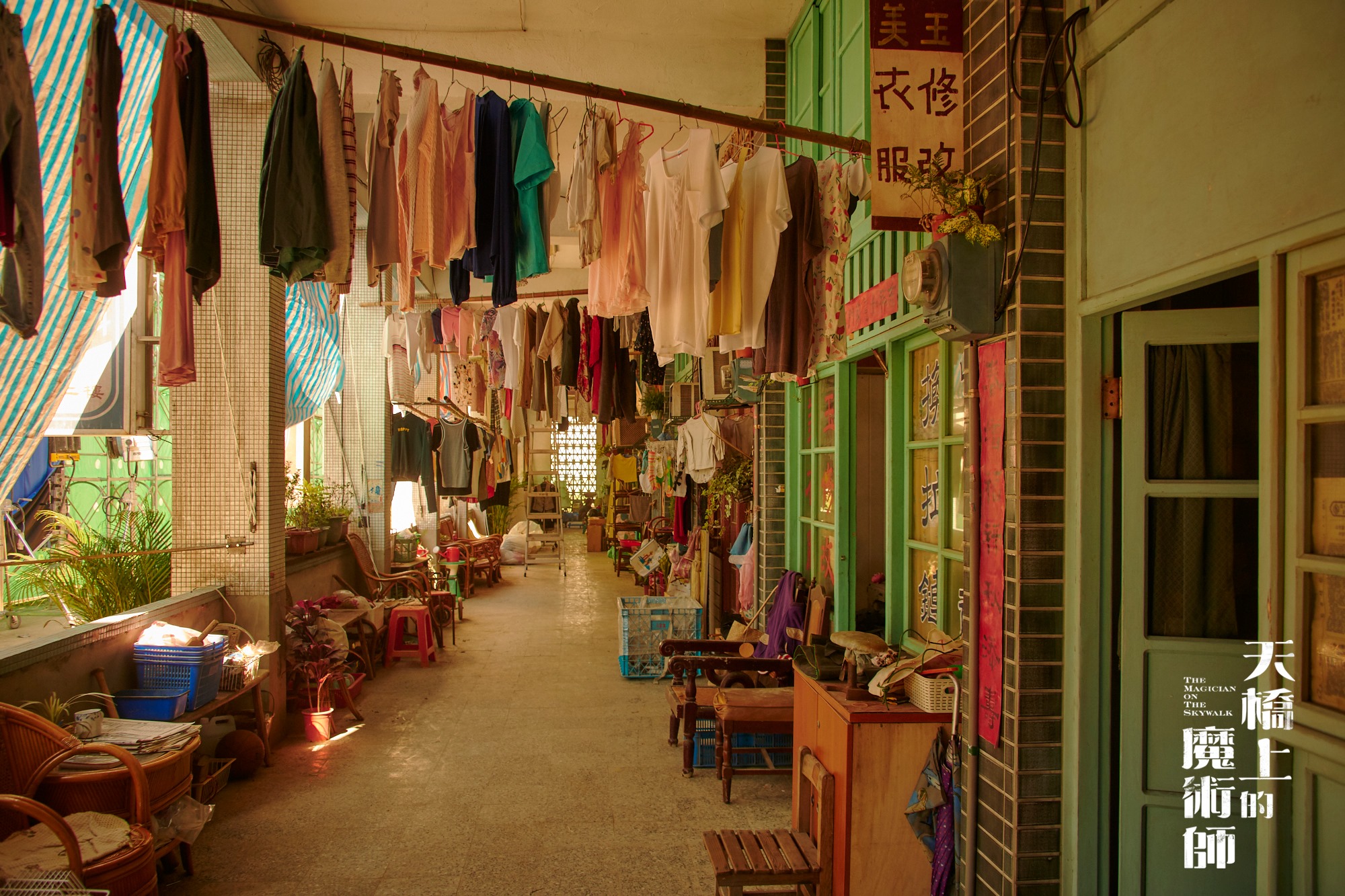by Brian Hioe
語言:
English
Photo Credit: 天橋上的魔術師 公視影集/Facebook
THE MAGICIAN on the Skywalk (天橋上的魔術師), a televised adaptation of Wu Ming-yi’s collection of short stories by the same name, premiered to much fanfare earlier in the week. The show, which is ten episodes long, is available on Public Television Service (PTS), on Netflix, and on Taiwan Mobile’s myVideo streaming service, with two episodes premiering every Saturday night for the next month. The series’ first two episodes debuted last Saturday.
The Magician on the Skywalk proves director Yang Ya-che’s second foray into television after 2006’s Dangerous Mind. Hits by Yang in past years include movies such as 2012’s love drama Girlfriend, Boyfriend, and 2017’s The Bold, the Corrupt, and the Beautiful, which is about a powerful waishengren family from Shanghai. Yang was nominated for best director at the Golden Horse Awards, Taiwan’s most prominent film awards, for both films, which were set in the 1980s and 1990s respectively.
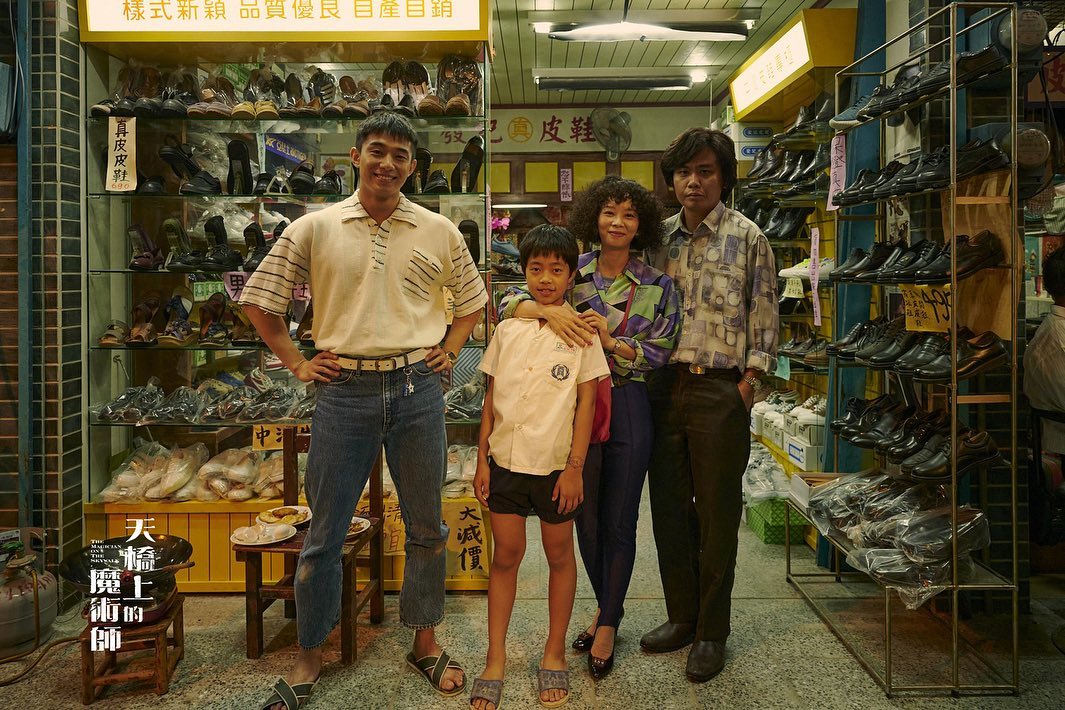
Protagonist Xiao Budian (center), played by Li Yi-qiao, and his family. Photo credit: 天橋上的魔術師 公視影集/Facebook
With The Magician on the Skywalk, Yang is retreading familiar territory in some ways, with another work set in the 1980s. Wu Ming-yi’s The Magician on the Skywalk consists of ten short stories set in the now-demolished Zhonghua Market, which was located near Taipei Main Station from 1961 to 1992 before Taipei city redevelopment led to its demolition, at a time in which railway tracks in western Taipei still ran above ground.
The Magician on the Skywalk television series boasts a substantial budget of 80 million ND spent on bringing the Zhonghua Market back to life. This was done with great attention to detail, with a large set built in Xizhi to evoke the atmosphere of western Taipei thirty years ago. The Zhonghua Market set is reportedly the largest ever set in the history of Taiwanese television.
Stills from the sets of The Magician on the Skywalk. Photo credit: 天橋上的魔術師 公視影集/Facebook
In interviews, actors have commented that part of the aim of the series was to convey the atmosphere of a Taipei that no longer exists for younger generations born in the 2000s. Indeed, the protagonists of the series all live in or around the Zhonghua Market as the children of store owners, sometimes assisting their parents sell their wares. The titular magician sells his wares up on the skywalk attached to the Zhonghua Market and the protagonist, Xiao Budian, often sells shoe cushions on the skywalk sitting next to him.
The plot of the series primarily focuses on Xiao Butian, then, an imaginative elementary student who is the son of a shoe vendor at the Zhonghua Market. Although with an episodic focus so far, Xiao Butian often encounters and fantasizes about the supernatural powers that he believes the magician possesses, and he is preoccupied with the superstitions and urban legends about the Zhonghua Market.
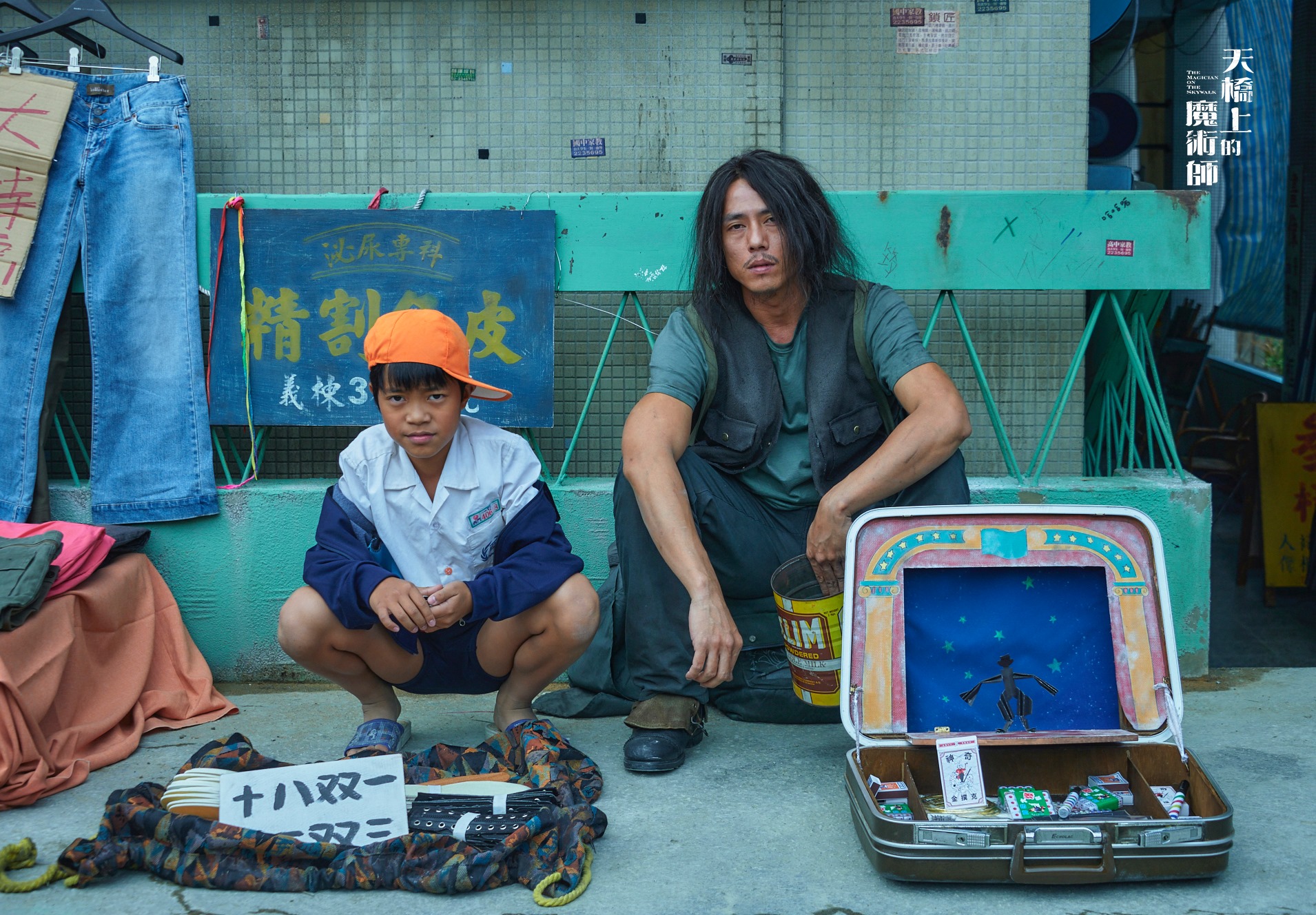
Xiao Budian (left) and the eponymous magician (right), played by Kaiser Chuang. Photo credit: 天橋上的魔術師 公視影集/Facebook
In this sense, one can situate The Magician on the Skywalk alongside the many Taiwanese works of film and television detailing childhood during turbulent historical periods, or depicting the children of working-class families. Such works include not only many films of the Taiwanese New Wave, such as those directed by Hou Hsiao-hsien and Tsai Ming-liang, but also more recent television dramas such as Days We Stared at the Sun.
That being said, despite its lofty aims as a historical depiction of the 1980s, The Magician on the Skywalk ultimately proves rather clumsy. Where the show should have perhaps focused instead on fundamentals regarding plot, characterization, and pacing, too much of the show is dependent on its large budget. This is with regards to the details of the setting, the awkward use of CGI special effects to animate the magician’s supernatural powers—including a bizarre scene in episode one in which the magician morphs into a clumsily animated CGI zebra—or the too-frequent use of aerial drone footage.
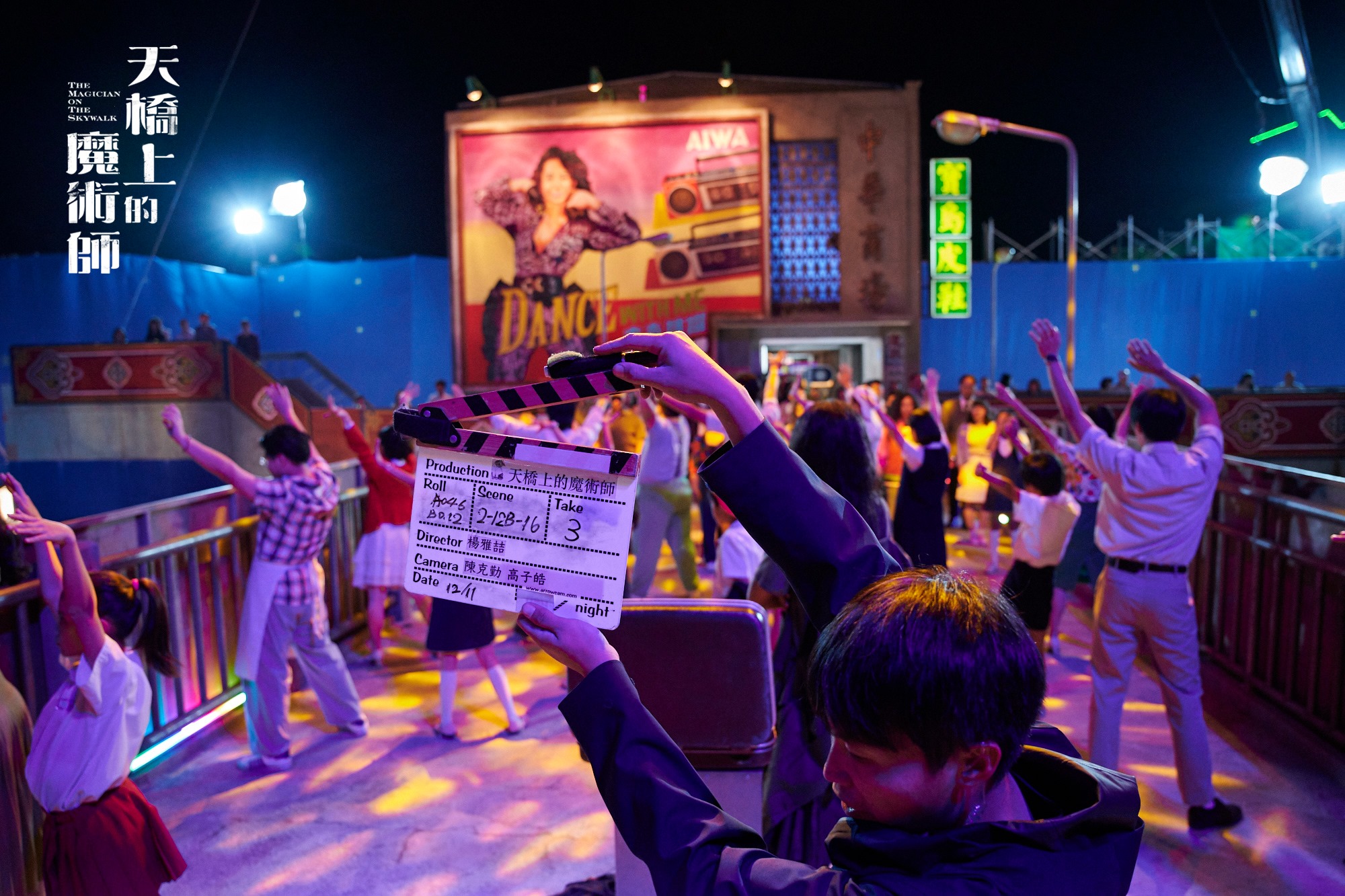
Photo credit: 天橋上的魔術師 公視影集/Facebook
The Magician on the Skywalk is far from the only high-budget television series set in some historic era of Taiwanese history that have faltered in past years, primarily due to a failure to develop strong characters that provide an entry point for the audience into an otherwise distant setting or historical era. One notes that other television offerings in past years have primarily succeeded or failed based on how dynamic their protagonists were, or the chemistry between cast members.
After two episodes, the characters of The Magician on the Skywalk fail to come to life, something that is not helped by that its central characters are all elementary school students, and its target audience is likely primarily adults or young adults. Nor does the series develop a sufficiently gripping plot to compel audiences to keep watching, hindered as it is by its episodic nature, as based on a short story collection, and there are few hints so far at an overarching plot.



